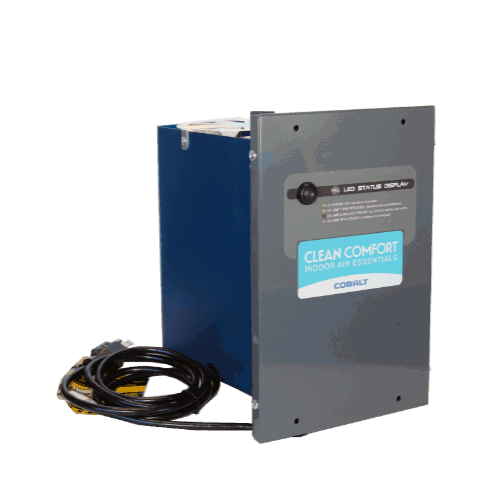AC Pros Air Conditioning and Plumbing
Think about the air you breathe every day—how clean is it?
Most people spend the vast majority of their days indoors, and much of that time is spent at home. Yet, it’s easy to overlook your indoor air quality (IAQ). We might think about the temperature of our Texas, homes and even the water quality. But how often do you think about the air you are breathing?
Our team at AC Pros has practical and sustainable suggestions to improve your indoor air quality. We specialize in creating comfortable homes. Let’s take a look at a few steps you can consider to improve the air quality inside your Cedar Park, TX, home.
Our licensed professionals are trained to work with indoor air quality systems. We specialize in retrofitting equipment in older homes, along with new construction and remodeling jobs. Are you looking to replace a component? We install and replace all makes and models of HVAC equipment. We only use top-quality parts and materials to get the job done right.
The US Environmental Protection Agency (EPA) identifies indoor air pollution as particulate matter or gas.
Particulate matter consists of solids and liquid droplets that vary in size. Some particles are small enough to be inhaled and can cause sinus problems, burning eyes, bronchitis, and respiratory illnesses. Dust, fumes and smoke, viruses, pollen, dust mites, pet dander, bacteria, and mold are some examples.
The EPA notes that hundreds of gaseous pollutants also have been found indoors. Sources include tobacco smoke, gas stoves, exhaust fumes, laser printers, paints, building materials, furniture, adhesives, caulks, cleaning products, craft materials, pesticides, and other chemicals.
Other contributors could be inadequate ventilation, poorly maintained heating, ventilation, and air conditioning (HVAC) systems, and excessive moisture creating mold and bacteria.
Controlling the source of air pollution and providing adequate ventilation are both necessary to improve your air quality. Here are some products that can help:
Whichever strategy you choose, these simple steps will help improve your indoor air quality:
